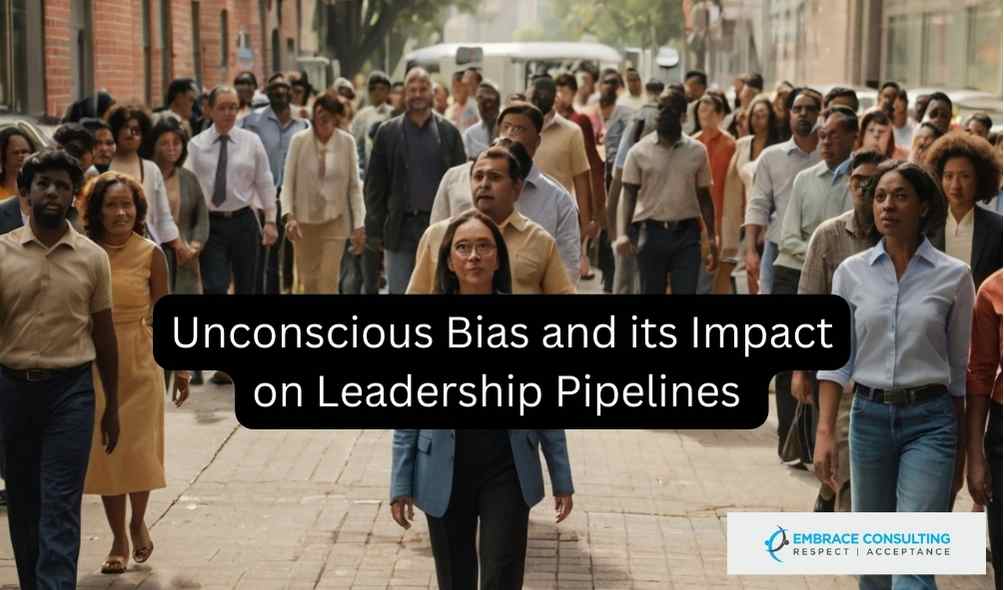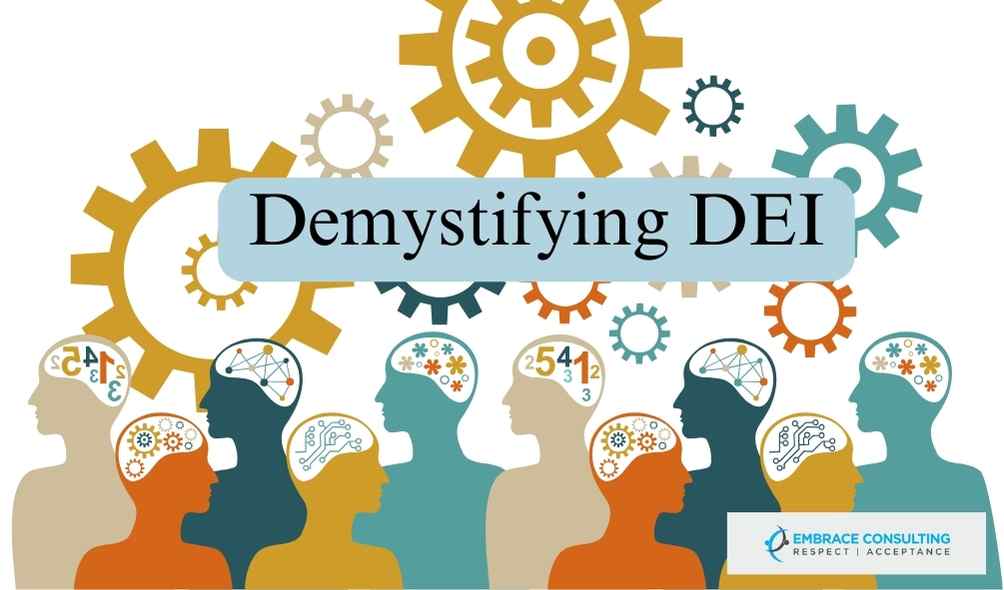In today’s talent landscape, diverse and inclusive leadership is no longer a nicety; it’s a business necessity. Numerous studies demonstrate the positive correlation between diversity and leadership effectiveness, innovation, and financial performance. Yet, a persistent obstacle hinders progress: unconscious bias.
Unconscious bias, also known as implicit bias, refers to automatic and often unintended mental shortcuts that influence our perceptions and judgments. These biases can stem from social stereotypes, personal experiences, or media portrayal. While often subtle, unconscious bias has a significant impact on decision-making throughout the leadership pipeline.
Data-Driven Evidence of Unconscious Bias:
- Harvard Business Review: A 2019 study by HBR found that women with equal qualifications to men were 18% less likely to be promoted to manager. This gap persists even when controlling for performance metrics.
- Project Implicit: Harvard University’s Project Implicit offers online tests revealing unconscious bias related to race, gender, age, and other factors. Their data consistently shows widespread unconscious bias across various populations.
Unconscious Bias Throughout the Leadership Pipeline:
Unconscious bias can affect every stage of leadership development, hindering the advancement of diverse talent:
- Recruitment: A 2020 study by LeanIn.Org found that women are 26% less likely to be hired for a leadership role than men with similar qualifications, even when applying for jobs with identical wording.
- Performance Evaluations: A 2018 report by the Center for American Progress found that Black employees are 3.4 times more likely than white employees to receive negative performance reviews, even with similar performance records.
- Development Opportunities: A 2019 report by McKinsey & Company found that women and minorities are less likely to be sponsored by senior leaders, limiting access to mentorship and leadership training.
- Promotion Decisions: A 2017 study by the American Sociological Association found that white men are more likely to be promoted to leadership positions than equally qualified women and minorities, even when controlling for factors like experience.
The Cost of Unconscious Bias:
The consequences of unhidden bias are far-reaching and financially detrimental for organizations:
- Loss of Top Talent: A 2020 Deloitte study found that 70% of diverse professionals have left a job due to lack of inclusion.
- Reduced Innovation: Homogeneous teams lack the diverse perspectives needed to drive innovation and creativity, as evidenced by a 2018 BCG study showing that companies with above-average diversity have 19% higher innovation revenue.
- Employee Disengagement: Unconscious bias can lead to feelings of isolation and disengagement among underrepresented employees, impacting productivity and retention. A 2019 Gallup study found that disengaged employees cost U.S. businesses $1 trillion annually.
- Negative Impact on Reputation: Companies with a reputation for lack of diversity and inclusion struggle to attract top talent and customers. A 2019 study by Cone Communications found that 85% of consumers report having a favorable impression of companies that support social and environmental issues, which includes diversity efforts.
Combating Unconscious Bias with Data-Driven Strategies:
Fortunately, unconscious bias can be mitigated with awareness and proactive initiatives. Here are evidence-based strategies to consider:
- Unconscious Bias Training: A 2016 meta-analysis by the American Psychological Association found that unconscious bias training can be effective in reducing bias in hiring decisions, with an average effect size of d = 0.30.
- Structured Hiring Processes: Implementing standardized interview questions and evaluation criteria, as recommended by a 2019 Society for Human Resource Management (SHRM) report, can help minimize bias in hiring decisions.
- Diversity & Inclusion Task Force: A 2020 report by McKinsey & Company found that companies with dedicated DEI task forces are 30% more likely to have above-average diversity in their leadership teams.
- Mentorship and Sponsorship Programs: A 2018 report by the Center for Talent Innovation found that sponsorship programs can be highly effective in accelerating the advancement of diverse talent.
- Data-Driven Monitoring and Reporting: Regularly tracking key metrics related to diversity and inclusion across all leadership levels helps assess progress and identify areas for improvement.
Unconscious bias is a significant hurdle in building diverse leadership pipelines. By acknowledging its existence, implementing data-driven strategies, and fostering a culture of inclusion, organizations can unlock the full potential of their workforce, drive innovation, and achieve sustainable success.










